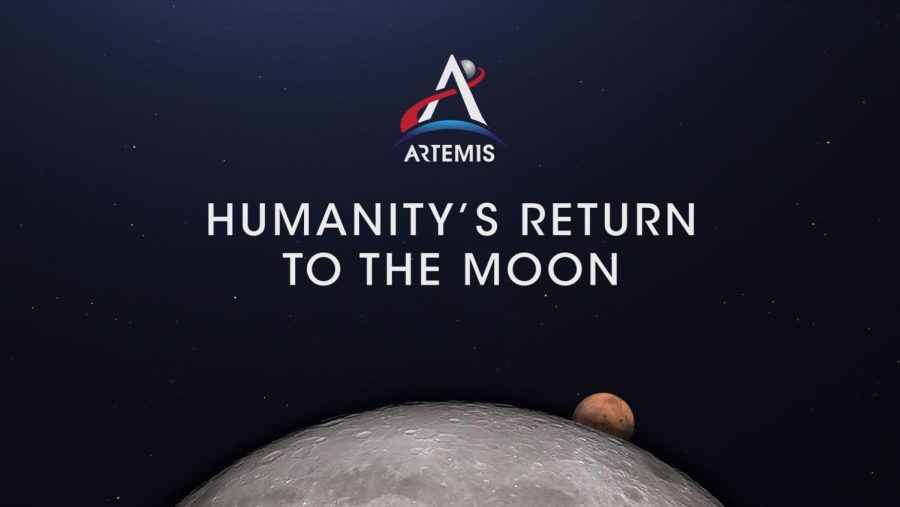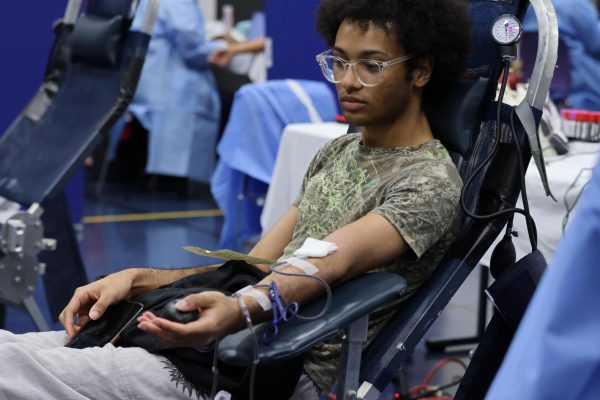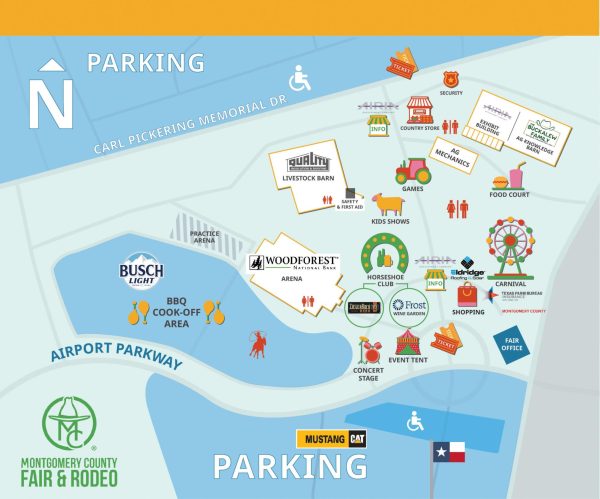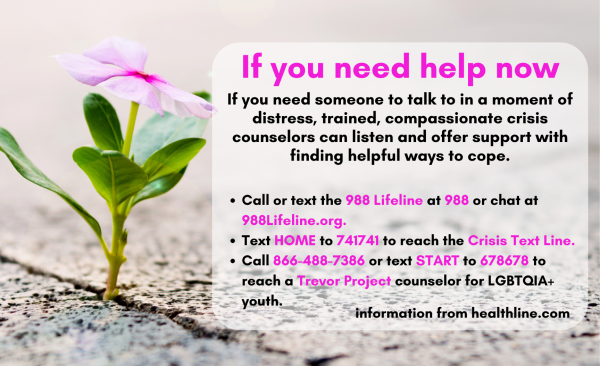NASA starts over with Artemis
photo or infographic by courtesy of NASA
BACK IN ORBIT. What is known as ‘Humanity’s Return to the Moon,’ Artemis is back from it’s history making voyage.
On Nov 16, at 1:47 a.m. ET, Artemis 1 began its 450,000km journey around the Moon, marking the return of human lunar exploration. Then on Dec 11, at 12:40 p.m. ET, the Orion spacecraft splashed down off the coast of Baja California, traveling a total of 1.3 million miles and ending the 25.5 day test flight.
Artemis 1 was an uncrewed launch test of the Space Launch System (SLS), the most powerful launching system in the world, that NASA sent into space to orbit around the Moon’s surface. It was meant to collect data to expand lunar knowledge, make technological advancements, and learn more about deep space radiation. As of right now NASA has planned at least five future Artemis missions, and predict more.
The next two Artemis missions are meant to collect as much information as possible. Artemis two will be a 8-10 day, four person crewed spaceflight that will take the Orion space module 7403 km past the far side of the Moon, complete a lunar flyby, and then return safely to Earth.
Then, Artemis three will be the first manned Moon landing since Apollo 17, and will land the first woman and person of color on the lunar surface. Four astronauts on the Orion module will dock with the lunar gateway and remain in space for 30 days. The human landing system will then take two astronauts down to the Moon’s south pole, a region untouched by humans. Astronauts are predicted to spend about a week exploring the lunar surface and will perform a wide variety of scientific studies.
In mythology, Artemis is the goddess of the Moon and the twin brother of Apollo, the Sun god. The lunar landing modules for the Apollo missions were designed to be used for one return journey to the Moon’s surface, but the landing systems for the Artemis missions have been developed to be used for multiple missions. The goal of the Artemis missions is not to follow in the Apollo missions footsteps, NASA is aiming to go to the Moon, and stay there. They are looking into the possibility of creating bases on the Moon’s surface and in lunar orbit. The main goal for now though is getting humans on the Moon by the middle of the decade.
Although humans have already explored the lunar surface, this is uncharted territory. NASA has changed so much and the future’s looking as bright as a star. Next stop, Mars.
Your donation will support the student journalists of Willis High School. Your contribution will allow us to purchase equipment and cover our annual website hosting costs.

Alyssa Beaulac is a senior at Willis High School and is a member of the newspaper and yearbook staff. You can reach her at [email protected]












